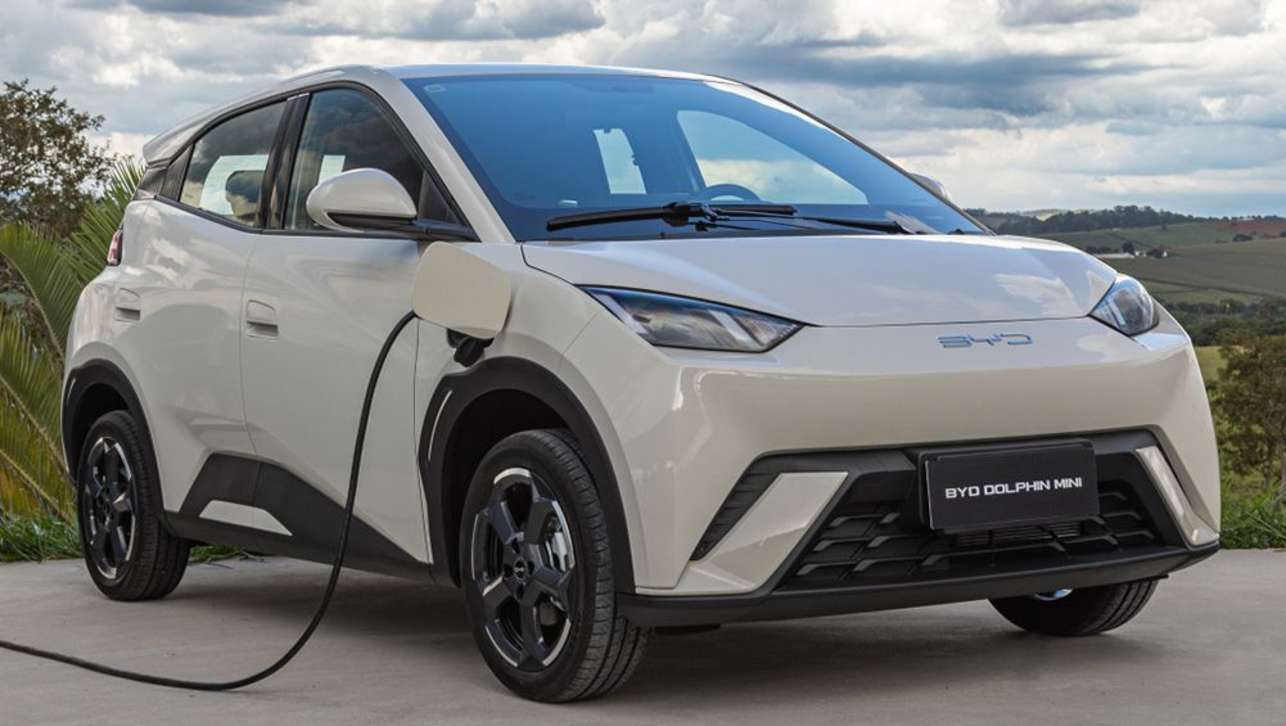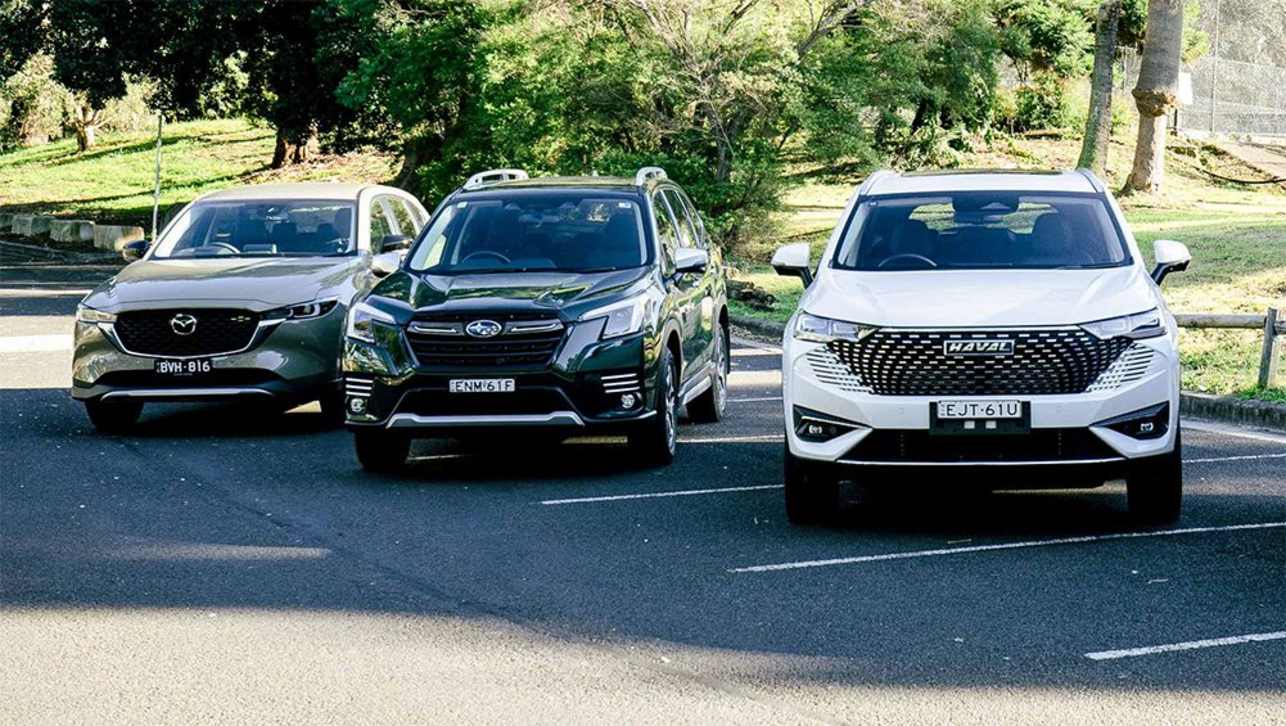Has Honda been right all along?
Exactly two years into its controversial but since mimicked agency model, with fixed drive-away pricing and no haggling or discounting, it’s time to assess the Japanese brand’s Australian report card – and things certainly seem to be looking up, especially for buyers.
Yes, the half-year sales numbers are well under the circa-10,000 units predicted when the agency model was announced in the middle of 2020, with just 6758 registrations representing an 11.3 per cent drop year-on-year. In 2021 and 2020, the corresponding figures were 10,771 and 16,529. Crikey.
But, dig deeper, and these numbers distort the fact that Honda – like almost everybody else – has been struggling on the stock and supply front as a result of production and port-of-entry delays.
In particular, the HR-V and Civic e:HEV hybrids have been attracting wait times this year of six and 12 months respectively. And – at launch – Civic Type R buyers were told they may have to wait up to two years for their cars to arrive.
Since then, after promising that it is doing everything in its power to improve the situation sooner rather than later, Honda Australia actually kept its word, securing an extra 500 Type Rs, meaning deliveries will arrive up to nine months earlier than expected.
As such, the company is confident that further behind-the-scenes dealing will yield positive results for consumers, translating in sales that more-accurately reflect the rocketing demand for its latest models.
“The challenge is just the volume (of vehicles we can get our hands on),” Honda Australia Director, Carolyn McMahon, told CarsGuide back in March.
.jpg)
“We’re confident that once volume irons itself out, we’ve got the right line-up and right structure for 20,000 units (annually).”
And “right line-up” and “right structure” are the operative words here.
“Right line-up” first. Honda is finally about to launch what is expected to be its biggest selling model moving forward this month, in the shape of the all-new ZR-V.
To recap, the ZR-V will sit between the smaller, Jazz-based HR-V and larger CR-V in the heart of the second largest segment (trailing 4x4 utes) in Australia (mid-sized SUVs), taking on the best-selling Toyota RAV4, Mazda CX-5, Mitsubishi Outlander and Hyundai Tucson.
Along with being competitively positioned, packaged and specified, the five-seater Civic-derived ZR-V includes a sharply priced hybrid option, that should help sway consumers away from similar rivals including the perennially popular RAV4 hybrid.
.jpg)
That’s not all, though, because Honda will attack the booming medium SUV segment from above as well as head-on with the next-generation CR-V due sometime late this year or in 2024, in much the same way as Mazda will from this week with the premium-positioned CX-60 – the CX-5’s slightly bigger and more sophisticated brother.
Right now, the ZR-V from $40,200 (all Honda prices are drive-away) is actually more expensive than the existing, ageing, fifth-gen CR-V from $35,900 that dates back from 2017.
All those factors, along with the fact that the Thai factory seems to have more than enough stock of CR-V, means that it accounts for a whopping 75 per cent of all Honda vehicle sales in Australia this year.
But the coming Mk6 is larger, more refined and hybrid-inclusive, pushing the 26-year-old SUV pioneer further upmarket, to give the ZR-V some breathing space below.
That’s what McMahon meant about the “right structure”.
.jpg)
Finally, despite a reputation to the contrary, Hondas are no longer conspicuously expensive, as every other manufacturer from MG up has also upped its prices over the past two years.
In contrast, Honda’s have largely remained steady since each successive model was released with drive-away pricing following the move to the agency model, making them seem more reasonable now than before.
Take the Civic range. There was much criticism levelled at Honda for launching the latest generation at $47,200 driveaway back in 2021, but today, rivals of comparable quality like the Mercedes-Benz A-Class have gone from $46,400 (all non-Honda pricing is before on-road costs) for the base A180 to $61,900 for its (better-specified and improved) A200 Series II – while the Honda’s price has pretty much stayed put.
Likewise, the Civic Type R from $72,600 seemed ludicrous when announced last year, but now, with some reviewers declaring it the greatest new hot hatch in the world today, its positioning seems justified, especially when alternatives like the VW Golf R now actually cost more. The Mercedes-AMG A45S, meanwhile, has leapt from $94,100 to nearly $120,000.
The latest HR-V, too, came under the same heat when it surfaced from $36,700 two years ago; at the time, the Hyundai Kona kicked off from just $26,600; but today, the new-gen version is $32,000, closing the gap considerably.
.jpg)
And that’s the point. Of course, Honda’s prices will also rise in time again, but no longer do they seem unreasonable post-agency.
Keep in mind, too, that Honda has flagged lower-grade hybrid variants moving forward, as it moves further into the electrification sphere (with only hybrids for now but EVs are coming later in the decade), which should further boost its fortunes in Australia.
As the success of the Civic and HR-V hybrids as well as the Civic Type R highlight, consumers seem to be doing the sums against competitors and then realising that value-for-money is relative to how good or otherwise the product is.
Honda is confident the ZR-V hybrid will follow in their footsteps.
Rivals and critics who write Honda off do so at their own peril.











.jpg)
.jpg)


.jpg)
.jpg)
.jpg)


.jpg)
.jpg)
.jpg)
.jpg)
_0.jpg)
.jpg)
.jpg)




Comments